Whenever people say that organic and regenerative agriculture isn’t viable to feed the world, we argue that, in addition to being the only way to continue cultivating our soils in the long term, we should first focus on reducing the 20% of food waste generated at the European level (much more at the global level!) if what we’re concerned about is being able to feed our entire population.
By reducing food waste, we can:
- Combat climate change by preventing unnecessary waste generation.
- Fight hunger and malnutrition by guaranteeing the distribution of nutritious food to those most in need.
- Help farmers, businesses, and households save money.
In fact, according to Project Drawdown, out of all the possible solutions in all industries, reducing food waste is the solution with the greatest impact when it comes to cutting CO2 emissions. With this goal in mind, we launched our new brand: All is Good.
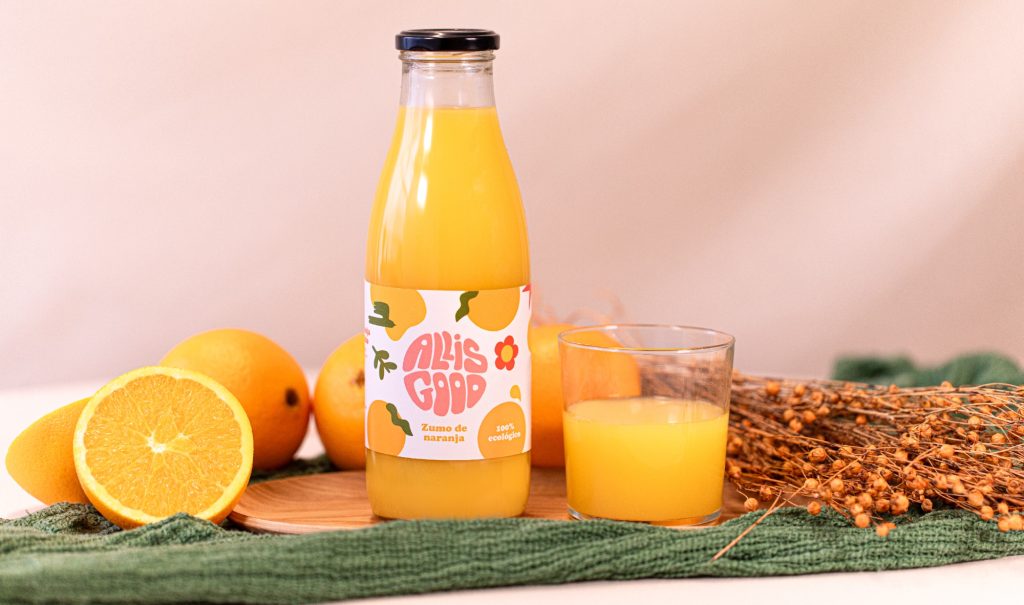
When preparing an order, CrowdFarming doesn’t discard products for aesthetic reasons. Our CrowdFarmers, or consumers, already know that nature doesn’t produce homogenous food. That’s why we ask our producers whether they would eat the product in question. If they would, we can send it to our CrowdFarmers.
However, on many occasions, the products must make a journey that takes a few days, so we can’t send out fruit that is ready to consume if it would arrive rotten at the consumer’s house.
Therefore, we use these products to make delicious products and give them a new life, packaging them under the brand name of All Is Good. In other words, we believe that we can find a second life for everything!
We started with discarded products at our CrowdLog-Museros logistics hub in Valencia. Together with local suppliers, we co-created the recipes and transformed the products, and then put them on sale on CrowdFarming. Thanks to these sales, we will pay the producer for the product and fund the transformation of the product and its sale.
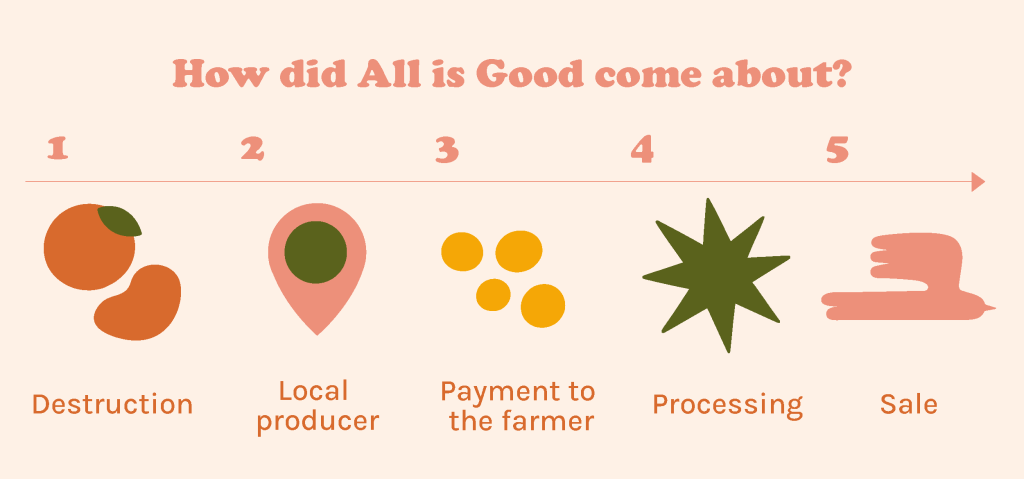
At the end of 2022, we had already conducted some tests with mango chutney, and in 2023, we added two new products to our catalogue: avocado hummus and pomegranate juice. In fact, in 2023 we saved more than 50 tons of food waste as follows:
- 19.747 kg of avocados turned into avocado hummus
- 26.165 kg of pomegranates turned into pomegranate juice
- 6.602 kg of mangos turned into mango chutney
As we explored new recipes, we also asked some of our CrowdFarmers to help us choose the name of the new brand we were creating to end food waste together. Out of 4,000 participants, 60% chose the name All is Good!
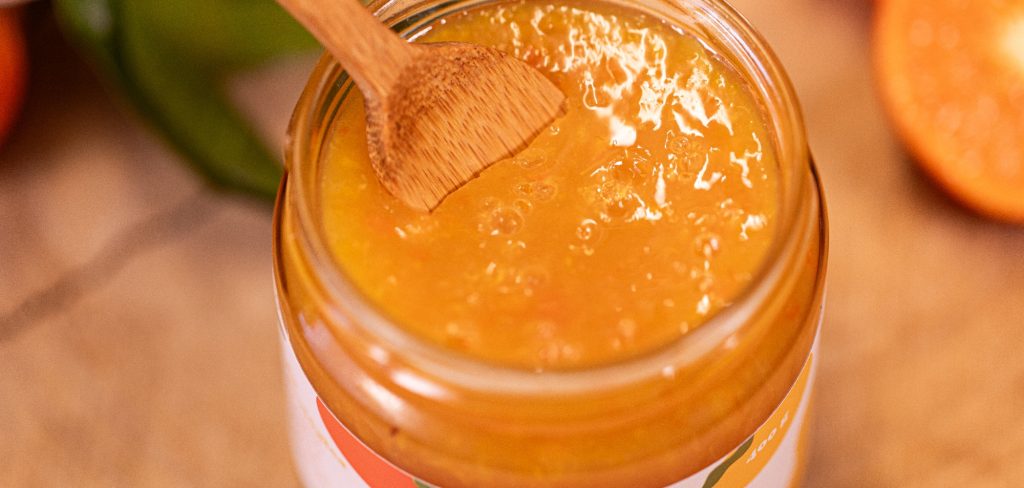
Watch out for upcoming All is Good products!
The role of food waste in the global economy
The food we waste globally accounts for 8% of total greenhouse emissions, but the environmental cost isn’t a one-off cost, as its economic challenge comes along with ethical and climate issues associated with food waste. The global economic cost of food waste is estimated at USD 2.6 trillion, which is nearly equal to the GDP of France (FAO, 2014).
In the European Union alone, more than 58 million tons of food waste are generated annually, or about 131 kilograms per inhabitant (around twice their body weight!). With an associated market value of around EUR 132 billion, food waste is one of the main challenges for the European Union in the coming years. Through the SDGs (Sustainable Development Goals), the EU is committed to halving per capita global food waste at the retail and consumer levels by 2030 (SDG 12.3), in addition to reducing food losses along supply chains.
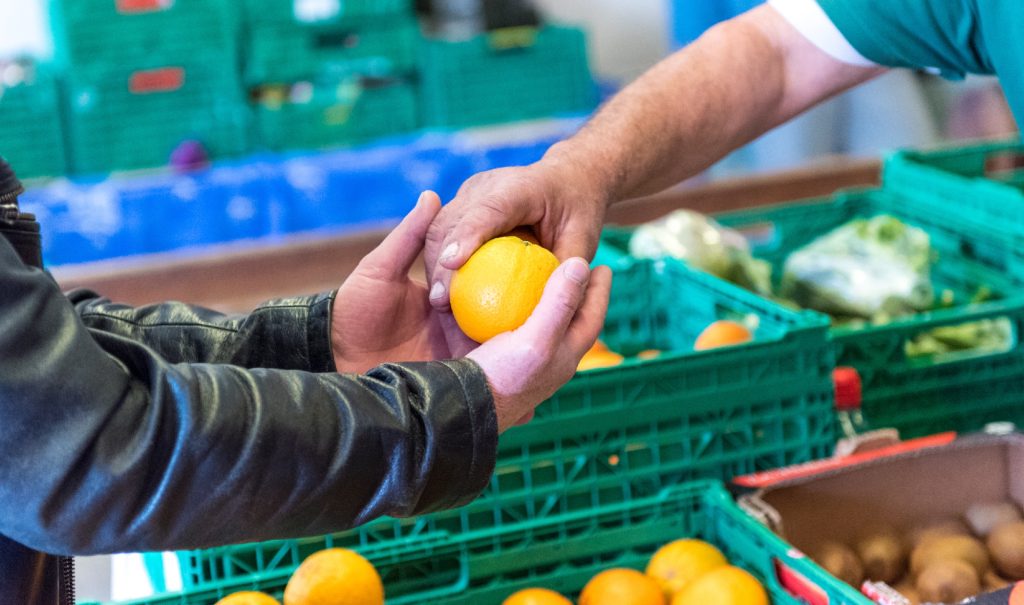
What are other ways in which we avoid food waste?
Aside from All Is Good, at CrowdFarming we tackle food waste from different perspectives.
Adoptions and fair prices
Let’s imagine for a moment all the effort and dedication that our farmers put into their farms, hoping that at the end of the season their products will reach our tables. However, the reality can be stark. Sometimes, the market works to our disadvantage, with low prices or fluctuating demand that harvesting and transporting paradoxically do not compensate in financial terms. We’re faced with a scenario where, incredibly, letting the fruit rot on the tree seems the least negative option – this phenomenon is called dumping. In this context, reducing agricultural waste not only benefits the environment, but also guarantees the economic viability of farmers. Research, such as that carried out by WRAP in the United Kingdom, shows that reducing waste on farms can increase farmers’ income by up to 20%.
Our adoption model is a solution to this cycle of waste, as it balances supply and demand, and provides financial stability to farmers. In other words, farmers already know at the beginning of the season how much they’ll have to produce and how much they’ll be paid for it. It’s not just about selling, but creating a system where every fruit counts, where every effort finds its reward.
There’s no such thing as ugly fruit
We educate farmers and our CrowdFarmers about the true nature of the products they grow. We show them why certain blemishes on fruit are normal, or why green clementines are actually ready for consumption.
It’s encouraging to see, according to our annual survey of farmers, that 25% have adopted more flexible criteria regarding the aesthetic characteristics of their products. This has played a huge role in reducing food waste. What’s more, 60% of our citrus and tropical fruit farmers have managed to reduce waste since they joined our project.
Donations to food banks
Our commitment goes beyond the sale. In collaboration with logistics partners, we donate perishable products that we cannot deliver, thereby supporting people facing food poverty in Europe.
Recipes and tips for keeping fruit fresh
Through our channels, we share recommendations for keeping fruit fresh and using it up. We answer essential questions such as the meaning of the colour green on different fruits or vegetables, how to determine the optimal point of ripeness for consumption, and hacks to prolong shelf life or speed up ripening if necessary. To answer those kinds of questions and help reduce food waste in your home, you can check out this article on how to preserve and ripen climacteric fruits and vegetables at home.
What’s more, on our blog you can also see recipes to take advantage of products that might seem overripe. Here are some suggestions:



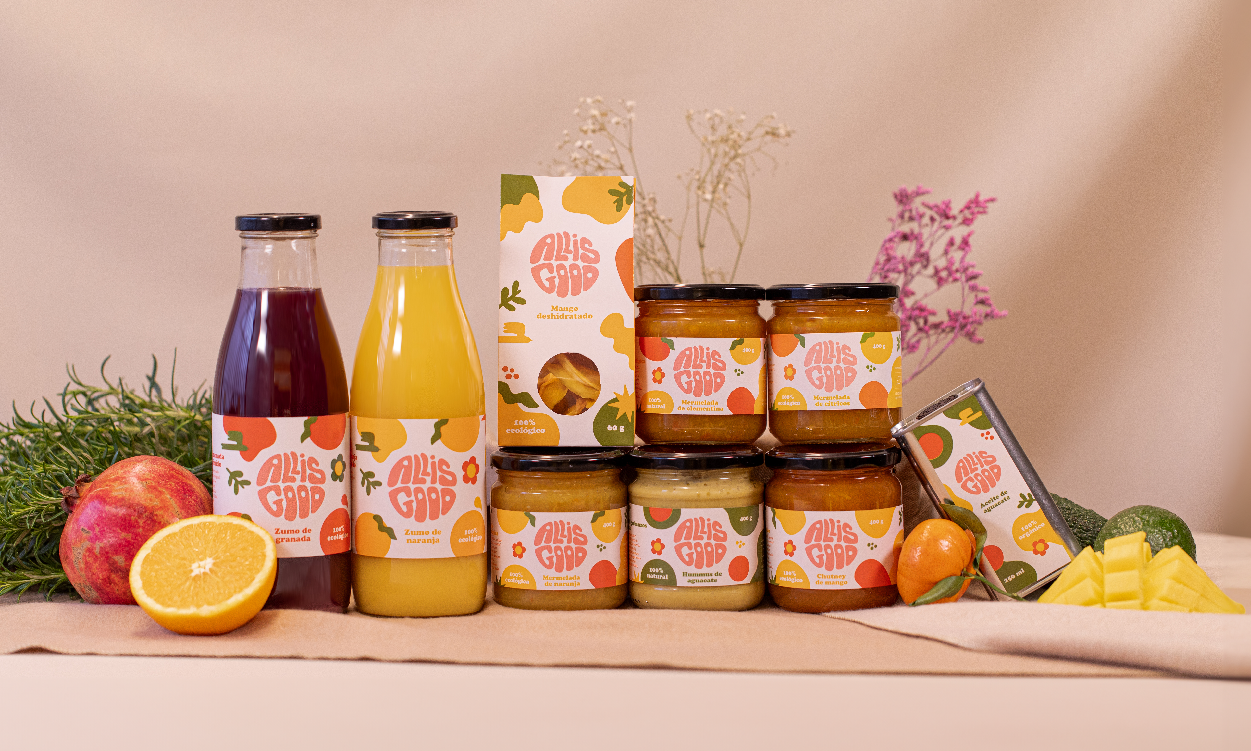
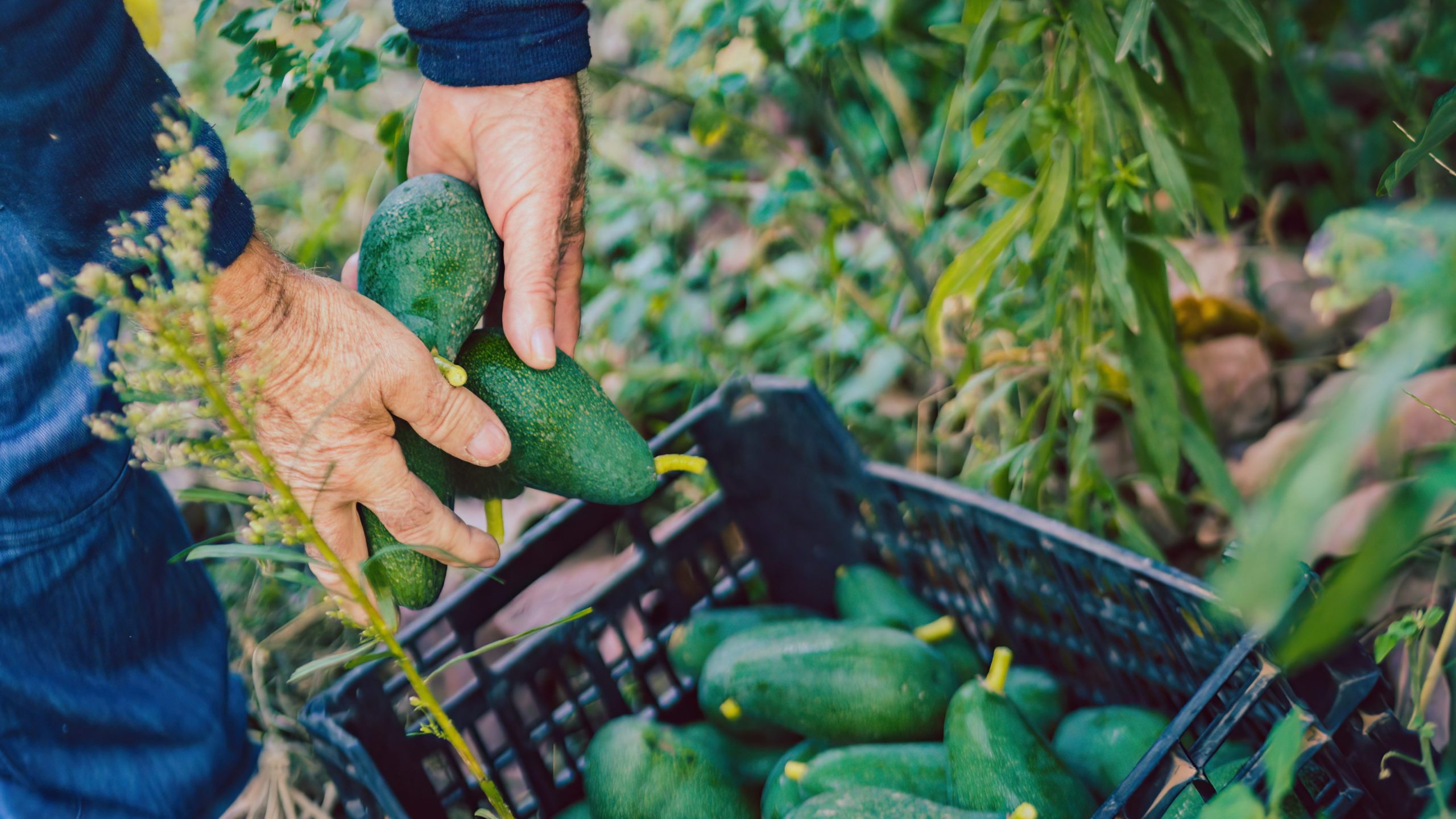
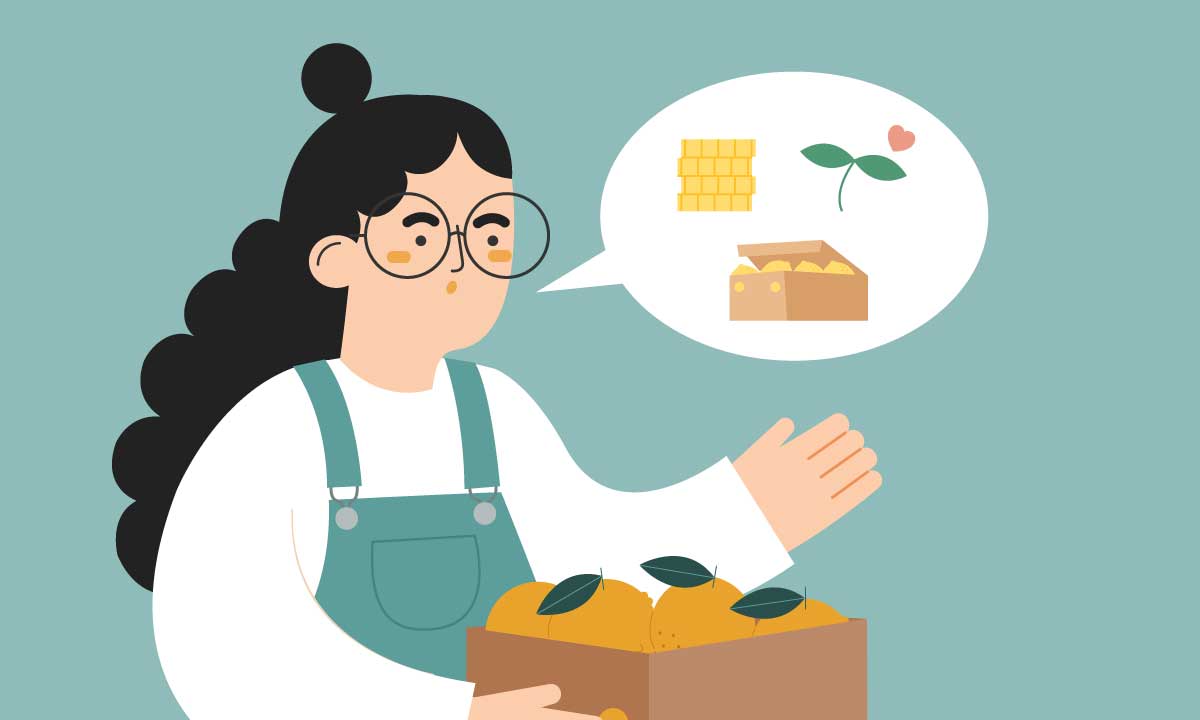
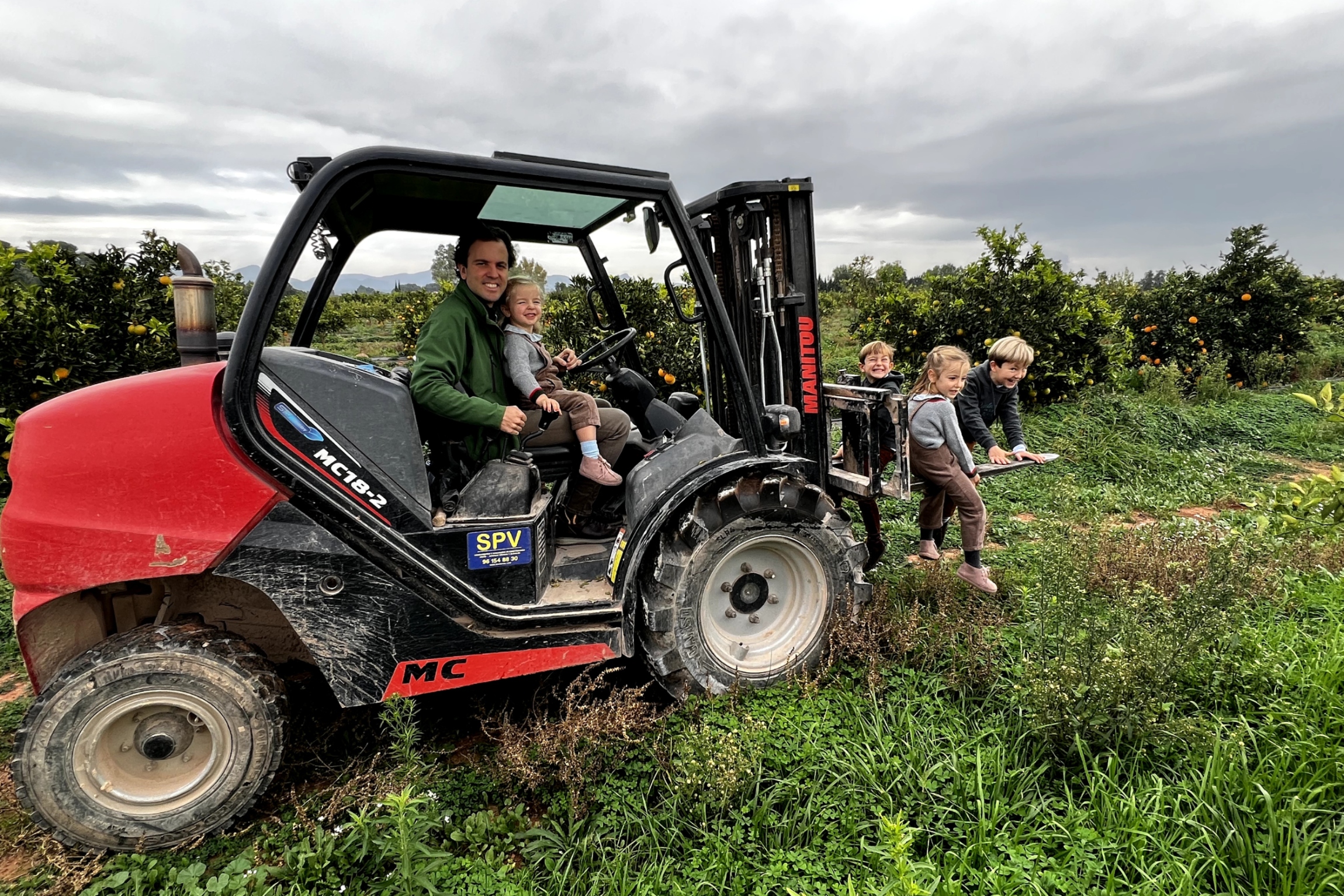
Comments
Please note that we will only respond to comments related to this blog post.